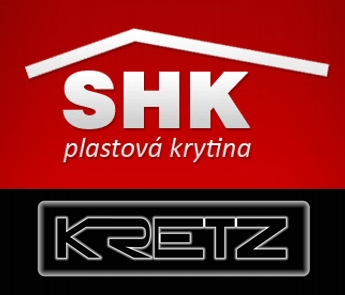How to install
The covering is laid on full formwork, fastened with nails, and a wind buckle that bends down the direction of the roof slope.
Installation of the roofing
To ask:
A gutter plate is first attached to the lower edge of the formwork, so that the water from the roof flows safely into the gutter. It is not possible to be set up without plating on this covering, as the material of the templates is shaped according to the substrate and the overhanging gutter edge of this material could hang over time. Furthermore, it is advisable at this stage to plunder the side edges of the roof, gutters, etc. Covering can be put on the surface thus prepared.
To set up the first row, we will adjust the templates according to the picture.
Plumbing elements
All plumbing products – scallops, gutters, leeward strips, gutter elements and gutter sheets, hems and others are recommended to solve with painted aluminum, copper sheet or plastic in terms of maintenance-free.
Scallops
We recommend from painted aluminum sheet, which corresponds to the color of the covering. Assembly: the scallops are nailed with a copper nail between the edge and the firming sign. The next scallop is inserted behind the bends that are switched so that the two signs fit together. At 1 meter length is 2.9 pc.
Ventilation heads
– it is made of steel sheet with coating (powder coating), after installation into the roof serves to ventilate the inter-roof shell. The mounting is the same as for individual roofing plates, nails with two nails and secures with a wind buckle.
Vichrová clasp
Copper vichrová clasp 25×27 mm is made and adapted for laying our plastic covering. A larger ring diameter of 25 mm will allow the expansion gap between the templates to be respected. From the point of view of proper implementation, it is necessary to use it.
Snow barriers
Snow barriers are used to catch snow and prevent it from falling down the roof, it must be used wherever the fall of snow can cause injuries to pedestrians or cause property damage. On roofs made of plastic coverings are also used to prevent the accumulation of snow on the edges and thus prevent the roof from falling. The number of snow barriers determined by the designer is generally recommended to put 1pc per m2 and for gutters we recommend giving snow barriers more densely. More information www.snihnastrese.cz
Legal conditions

-Roofing material must have a minimum slope according to ČSN 73 19 01.
-The roofing is very easy to work on the desired size and allows you to perform complex atypical roof shapes.
-The roofing is very light, which allows the lightening of the wooden truss compared to the truss with burnt or concrete covering. For older roofs, renovation of the truss is not necessary during the reconstruction of the roof.
-Each roof structure must be consulted with the designer – Load of construction structures.
-The space under the roofing must be ventilated from the eaves to the roof ridge.
The roofing contractor is obliged to ensure all safety measures when carrying out the work. Assembly is not carried out in icing and strong winds, Decree No. 324/1990 Coll. About safety of work and technical background in construction work.
With regard to pedestrian safety and roof gutters protection, we recommend placing snow catchers on the roof (ČSN standard 73 00 35).
The designer or the implementation company must take into account local conditions, the functionality of the surrounding buildings, the safety of the operation around the building (the fall of snow with the roof) and the granularity of the roof according to the given climatic area.
The basic regulation for the design and implementation of buildings is now the Building Act No. 183/2006 Coll. The Building Act obliges professionally qualified persons active in the construction industry to protect public interests. It also imposes an obligation to comply with general technical requirements for construction (OTP) when designing, placing, designing, authorising, implementing, implementing, using and removing buildings. OTP are set out in Decree No. 491/2006 of the Ministry of Regional Development "On general technical requirements for construction". The essential requirements of public interest for buildings are set out a
s follows: The construction must be designed and constructed in such a way that, while respecting economy, it is suitable for the intended use and at the same time meets the ess
ential requirements: mechanical resis
tance and stability, b) f
ire safety, (c) health protection, healthy living conditions and the envi
ronment, (d) noise protec
tion, e) safety during use, f
) energy saving and heat protection.
Other regulations that must be respected when designing construction structures, i.e. roofs, are Czech technical standards. Czech technical standards are not applicable as of 1 January 2007. 1. 2000 is generally binding. The validity of the standards is defined by Act No. 22/1997 Coll. as amended by Act No. 71/2000 Coll. on technical requirements
to products, to amend and supplement certain laws, which are the basic legislation on technical standards. The binding nature of czech thermal technical standards ČSN 73 0540 is defined by Decree 137/1998 Coll. Act 406/200 Coll. ."" On energy management", Decree 291/2001 Coll. and 213/2001 Coll. and Government Regulation 163/2001. "The Czech technical standard provides for general and repeated application of rules, directives or characteristics of activities or their results aimed at achieving an optimal degree of organisation in a defined context"


